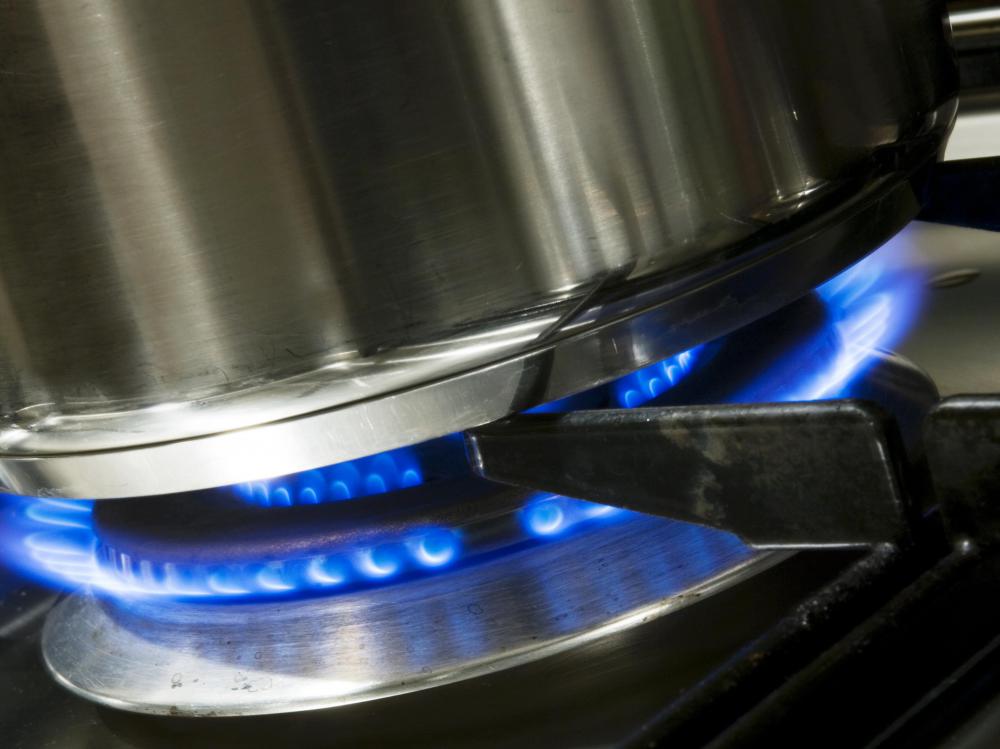At WiseGEEK, we're committed to delivering accurate, trustworthy information. Our expert-authored content is rigorously fact-checked and sourced from credible authorities. Discover how we uphold the highest standards in providing you with reliable knowledge.
How do I Choose the Best Portable Carbon Monoxide Detector?
Carbon monoxide is an odorless, colorless, and tasteless gas that occurs naturally in the air. In the home, it can build up from incomplete combustion of flame-fueled devices like gas furnaces, water heaters, clothes dryers, ranges, ovens and fireplaces. High levels of carbon monoxide are toxic and can cause death. A carbon monoxide detector is a device that monitors carbon monoxide levels and sounds an alarm if the levels rise above a certain detectable level. A portable carbon monoxide detector is essentially one that can be moved easily. Having a carbon monoxide detector in the home can prevent carbon monoxide poisoning symptoms and even death.
When choosing a portable carbon monoxide detector, keep in mind both its function and its purpose. To work properly, the detector must have a constant power supply. You can purchase detectors that plug into regular power outlets, but be sure it has a battery backup function so that it continues to work in the event of power loss. Keep in mind the type of alarm used and make sure to purchase one equipped with an alarm loud enough to wake you from sleep.

Carbon monoxide is slightly lighter than air, meaning that it will rise with heat. To be most effective, place the alarm at least five feet (1.52 m) off the floor. Due to the common location of most power outlets, a portable carbon monoxide detector that runs on electric power only may not be sufficient. If you choose a model that is battery powered only, make sure to change the batteries every six months and test the alarm once each month.

The advantage of a portable carbon monoxide detector is the ability to easily relocate the alarm. You should ideally place the alarm near the home’s bedrooms, but not all floor plans feature a single sleeping area. In this case, choose an area centrally located to the bedrooms, but again, be sure the alarm is loud enough to hear. Avoid placing the detector near fireplaces, furnaces, or other flame-fueled appliances, as this may cause a false reading. In two-story homes, place the alarm on the upper level, or purchase one alarm for each level of the home.

If your alarm should sound, remove yourself and family members from the home and into fresh air. A good alarm should sound before the levels reach toxicity and before symptoms of poisoning occur. Carbon monoxide affects infants and young children differently than healthy adults, so make sure no one has symptoms of poisoning. You will need to determine the cause of the alarm and can do so by calling your fire department or an appliance repair service. Inform them that your carbon monoxide alarm has sounded, as they will have equipment to read the levels throughout your home. If nothing is found, they may advise you to relocate your detector to a different area of the home.

When shopping for a portable carbon monoxide detector, pay attention to the model’s features and life expectancy. Some models are only designed to function for about two years while others will work up to 10. You may also be interested in combination smoke and carbon monoxide detectors, but keep in mind that you may want to place the devices in different areas for maximum monitoring efficiency, which is impossible in combination models. Instead, opt for one of each and place them according to manufacturer instructions.
AS FEATURED ON:
AS FEATURED ON:

















Discuss this Article
Post your comments